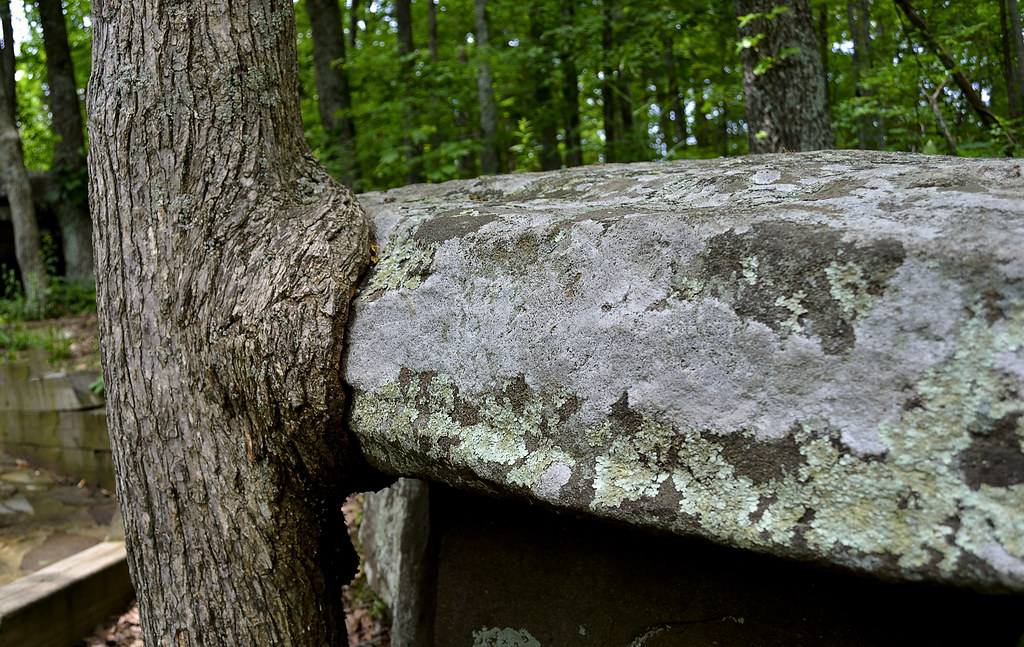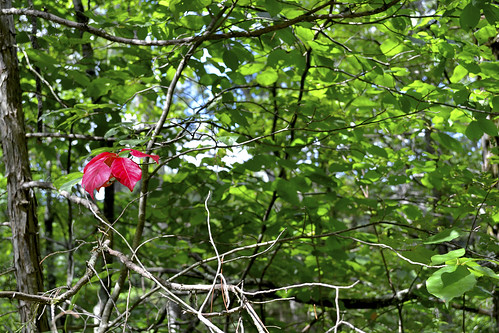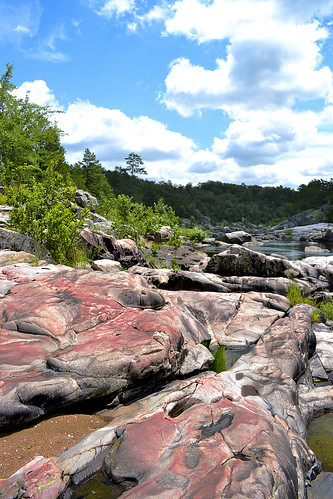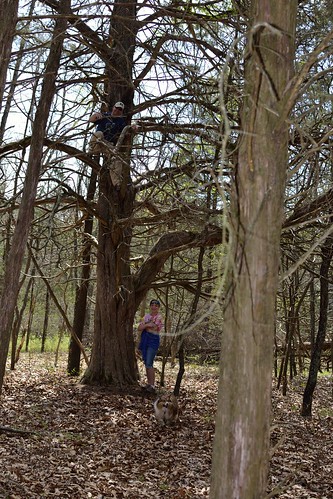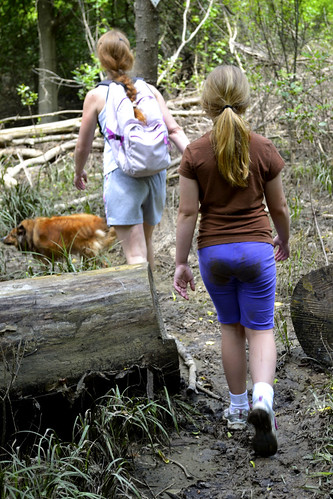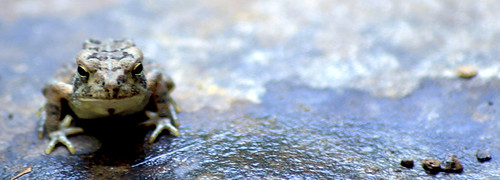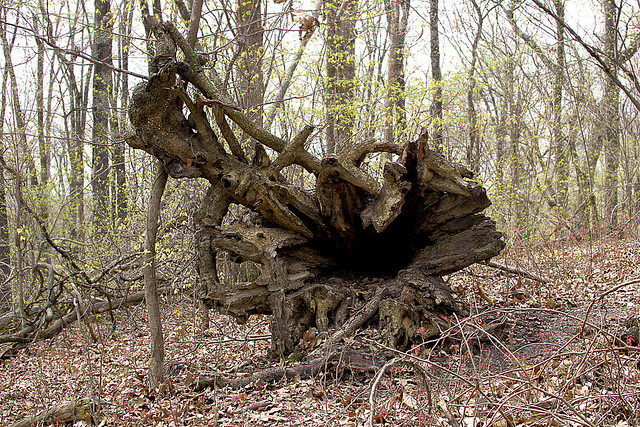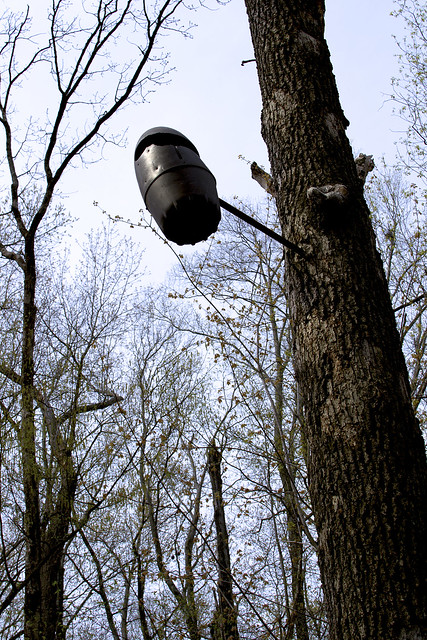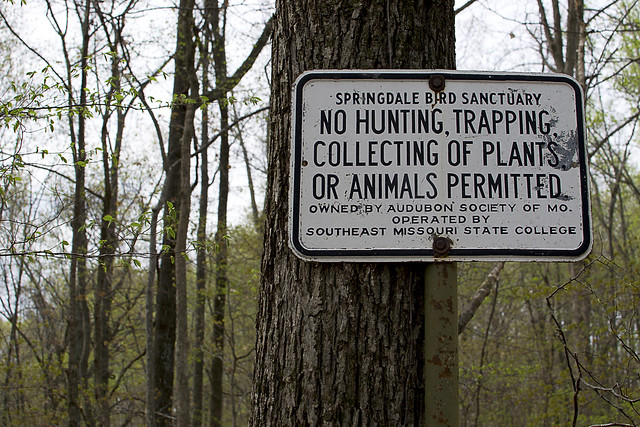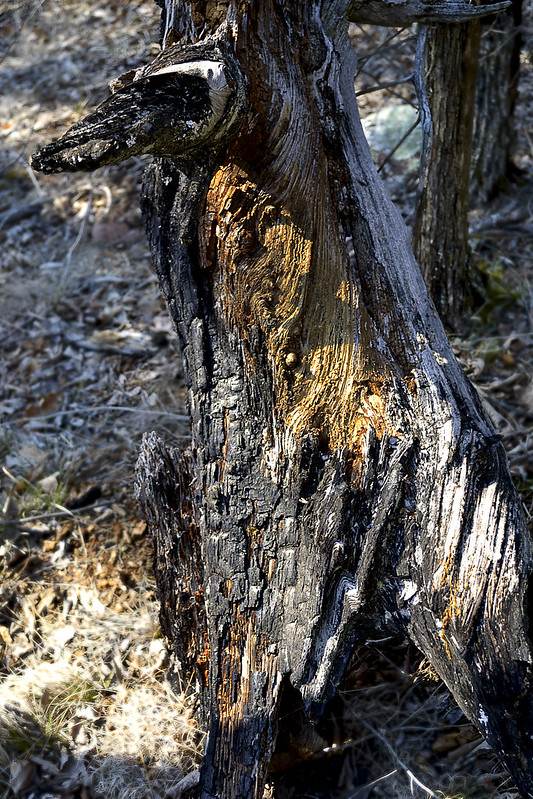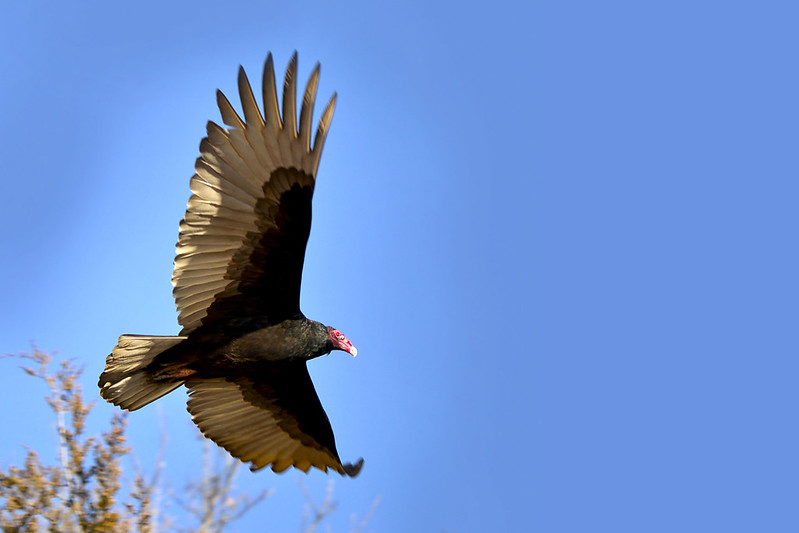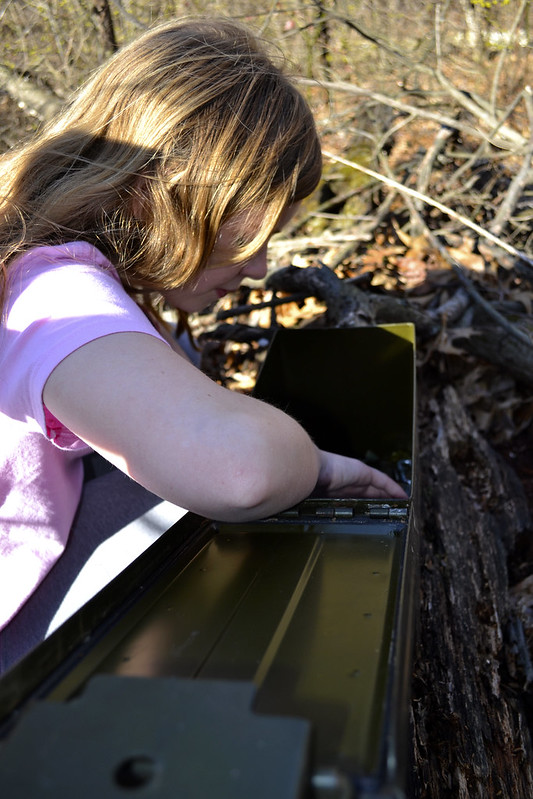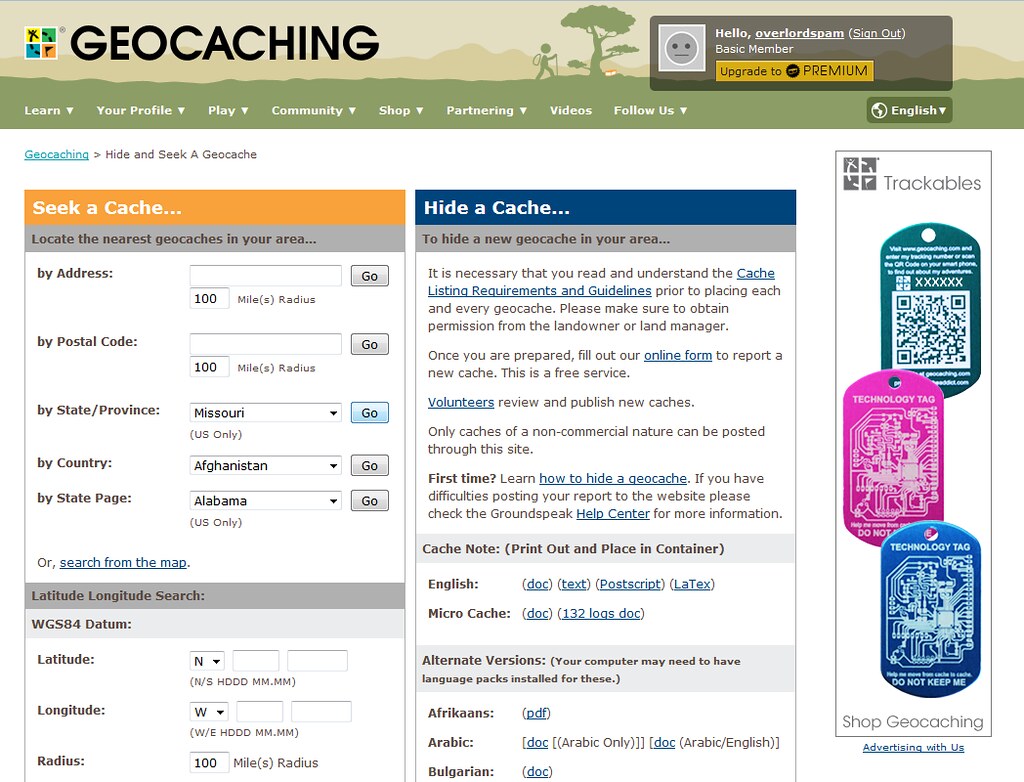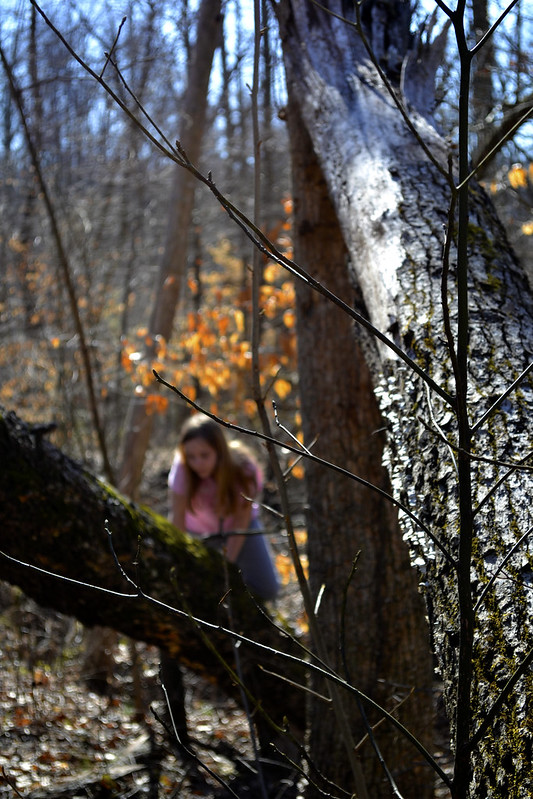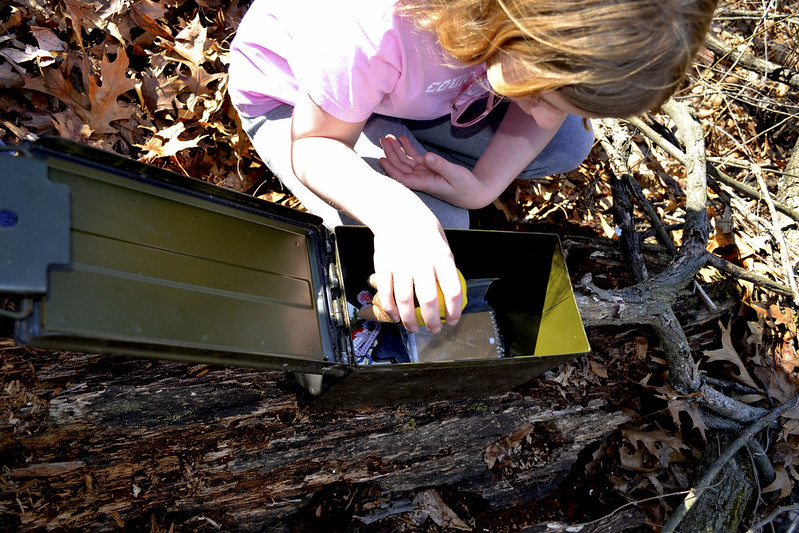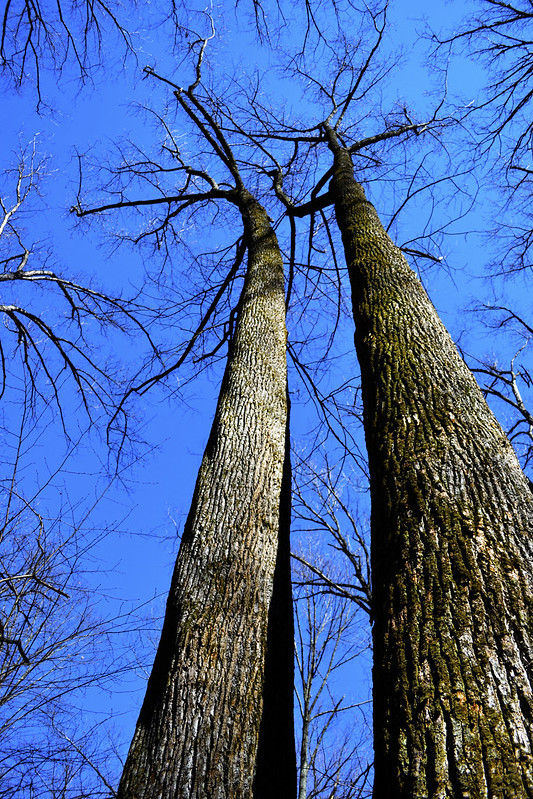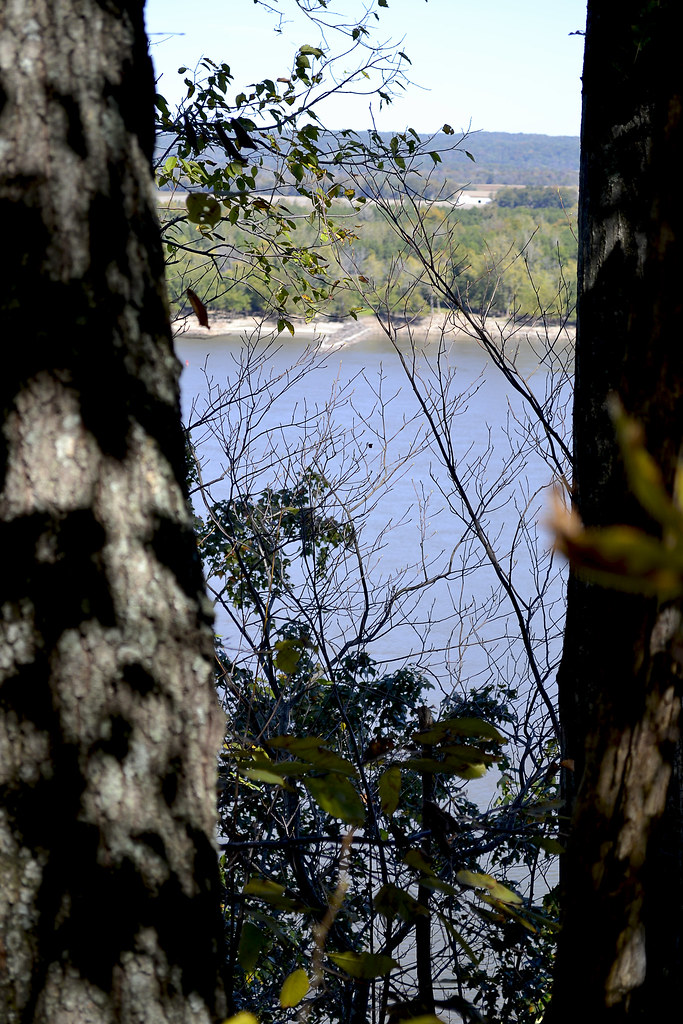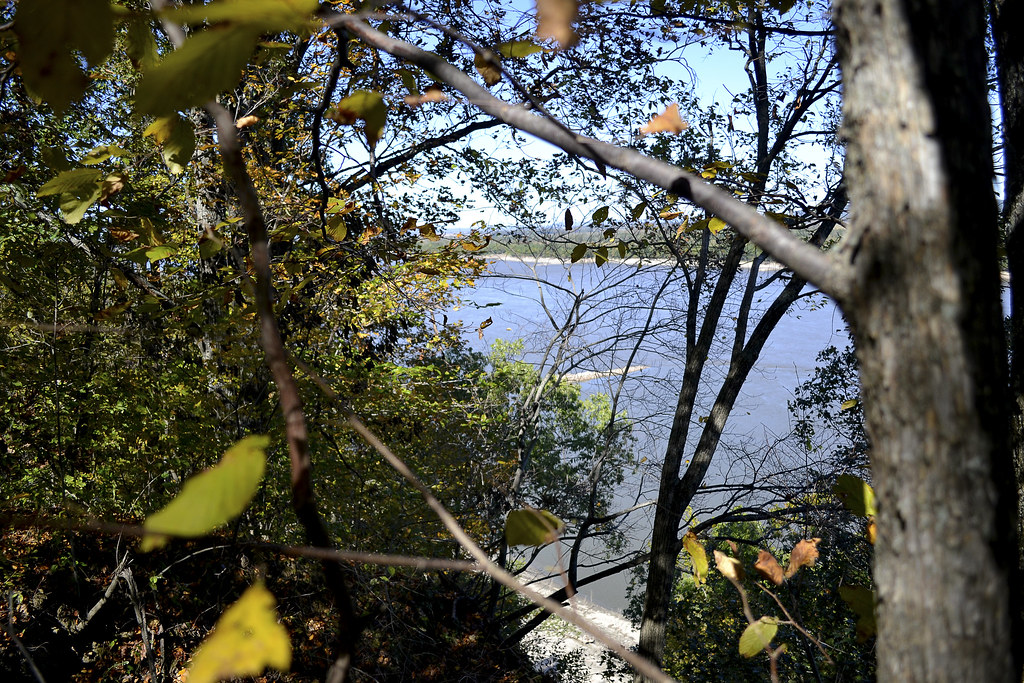Wouldn't you like to get away? Away from the streets teeming with exhaust spewing mechanical monsters, the constant ringing of cell phones, crowded restaurants, the dinging of emails in your inbox, the clamor of people as they march to and fro... Don't you deserve a break? A chance to leave technology and other people behind, a chance to take in a bit of nature's splendor in solitude?
Heck yea you do, and it's easier than you think, you just need to get out and experience your local wilderness areas!
Why (or why not) The Wilderness?
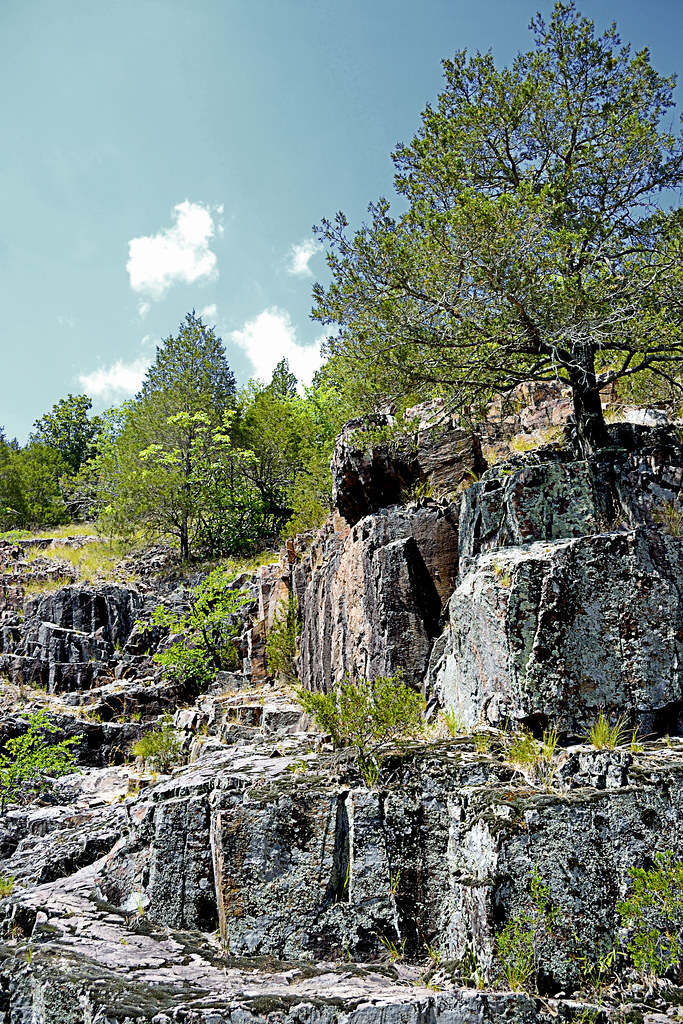 Some of you may be asking, "But why go to a Wilderness Area and not a regular State or Federal Park or recreation area?" I enjoy the Wilderness Areas because they are generally more remote, more secluded and less traveled than other conservation areas or general locations within our Federal or State Parks. Many times when I've been hiking or visiting these Wilderness Areas in Missouri I won't see another human being, I don't hear a hum of an engine (in fact, it is generally illegal to operate a motorized or mechanical vehicle inside a Wilderness Area), just the sweet songs and melodies of nature. Remember these areas are set aside to maintain and preserve the "wildness" of the landscape and wildlife, you are just a visitor.
Some of you may be asking, "But why go to a Wilderness Area and not a regular State or Federal Park or recreation area?" I enjoy the Wilderness Areas because they are generally more remote, more secluded and less traveled than other conservation areas or general locations within our Federal or State Parks. Many times when I've been hiking or visiting these Wilderness Areas in Missouri I won't see another human being, I don't hear a hum of an engine (in fact, it is generally illegal to operate a motorized or mechanical vehicle inside a Wilderness Area), just the sweet songs and melodies of nature. Remember these areas are set aside to maintain and preserve the "wildness" of the landscape and wildlife, you are just a visitor.Now, if you like having the thought that there are others out there and enjoy seeing people from time to time on your hike or backpacking trip, you may want to reconsider visiting the Wilderness Areas. I will be very honest when I say that I have not yet bumped into another person on a trail within the areas I have explored. If not seeing other people on your adventures sets your Spidey-Senses to tingling, you may be better served in one of the excellent conservation or recreation areas available.
Also, be sure to see if the outdoor activity you are looking to do is even available in the Wilderness Area you are looking to visit. In 1986, the Wilderness Act was reinterpreted to ban bicycles from these areas, so that means no mountain biking. Some areas restrict camping areas as well.
Where Can I Find Wilderness Areas?
A great source for finding a Wilderness Area near you is to visit Wilderness.Net at http://www.wilderness.net/. This site features a great collection of information on Wilderness Areas near you, features maps and is searchable by state, name, and more.
For those of you in Missouri, here are the Wilds near you!
- Bell Mountain Wilderness
- Devil's Backbone Wilderness
- Hercules-Glades Wilderness
- Irish Wilderness
- Mingo Wilderness
- Paddy Creek Wilderness
- Piney Creek Wilderness
- Rockpile Mountain Wilderness
- My Blog Entry: Rock Pile Mountain: A Great Place To Get "Lost" - Coming Soon!
the Rockpile Mountain Wilderness and the Irish Wilderness! So stay tuned.
Links to Wilderness.net entries and some of my blog entries listed below.
- Bald Knob Wilderness
- Bay Creek Wilderness
- Burden Falls Wilderness
- Clear Springs Wilderness
- Crab Orchard Wilderness
- Garden of the Gods Wilderness
- My Blog Entry: 320 Million Years Well Spent: Garden of the Gods, IL
- Lusk Creek Wilderness
- Panther Den Wilderness
- My Blog Entry: Panther Den: Don't Forget Your Map!
Wilderness Manners.
It may sound odd or maybe even like a bit of an oxymoron, but there are certainly a set of Wilderness Manners that you need to observe when enjoying the acres and acres of designated Wilderness. Always keep in mind that these areas were set aside to preserve nature in as close to an "untouched" state as possible. Here are a few of them:
- ALWAYS LET SOMEONE KNOW IF YOU ARE GOING TO BE IN THE WILDERNESS. GIVE THEM A TIME FOR YOUR RETURN. TELL THEM YOUR APPROXIMATE SCHEDULE, ROUTE, AND INTENDED CAMPING LOCATIONS.
- Practice "Leave No Trace". Be sure to tread lightly so that nature may repair and endure for others to enjoy. If you pack it in, pack it out.
- Pick up your trash. Pick up any other trash you may find as well and pack out with you whenever possible.
- Always dispose of human waste at a minimum of 100 feet way from your campsite and at least 200 feet away from any water source, in a small, shallow hole (also called a cathole).Read more here, meow....
- Be sure to use the self-registration boxes at the trailheads. This may very well save your life.
- Try to find lesser used areas for resting and camping. Popular spots (sometimes referred to a user camps) and the constant use of these camping areas make it harder for nature to replenish herself in some areas. By finding alternative spots you can make her recovery a bit easier and find your very own bit of heaven.
- Always try to camp out of sight.
- Be prepared. Have a first aid kit, plenty of water, bug repellent (I have a recipe of one you can drink!), a map of the area, compass, the right clothing and shoes as well. Think ahead.
- Don't count on your cell phone to rescue you. Many of these areas are outside of the cell service range. Don't forget, you came here for a reason, so don't turn it on unless you really need it or at least keep it on silent.
- As often as possible stay on the trail when hiking.
- Limit your group size to 10 or less.
- Many of these areas are surrounded by private property, ALWAYS respect these boundaries and the land owners as well.
- Keep campfires (if needed at all) small. Fire rings should be avoided as they show man was present. Small gas or chemical stoves are preferred. Always practice extreme fire safety and be aware of the current conditions.
- DO NOT TRANSPORT WOOD FROM HOME for campfires.
- Leave what you find. Don't take it with you. Take a picture instead.
- It's worth mentioning again, if you pack it in, you pack it out.
History & Today
The Wilderness Act just celebrated its 50th Anniversary this year! It looks pretty darn good for 50, wouldn't you say? Wilderness areas came about in 1964, when Congress passed The Wilderness Act of 1964 and President Lyndon Johnson signed the bill into law. This act created a legal definition of what a wilderness is in the United States and set aside 9.1 million acres of land aside under federal protection. It also provided us with an eloquent definition of a United States Wilderness Area:
“A wilderness, in contrast with those areas where man and his own works dominate the landscape, is hereby recognized as an area where the earth and its community of life are untrammeled by man, where man himself is a visitor who does not remain.”
 |
| President Lyndon Johnson finishes signing The Wilderness Act of 1964 |
Congress considers adding additional Wilderness Areas each and every year, with some being recommended by concerned citizen groups,federal agencies, grassroots organizations and others. In fact, Congress voted unanimously to protect over 32,000 acres of Sleeping Bear Dunes (in Michigan), the first wilderness area to be added in five years. There are also rumors that the administration is making plans to preserve two additional areas as well: The Organ Mountains-Desert Peaks area in New Mexico and Point Arena-Stornetta Public Lands in California.
More Information:
Visit Local Treks on facebook!
Wilderness.net The BEST source I know of to locate a Wilderness near you.
Full Information on The Wilderness Act of 1964 via Wilderness.net
Wikipedia on The Wilderness Act of 1964
Leave No Trace: Center for Outdoor Ethics an EXCELLENT resource on outdoor manners.
Wilderness Manners: Sierra Club another EXCELLENT resource on outdoor manners.







